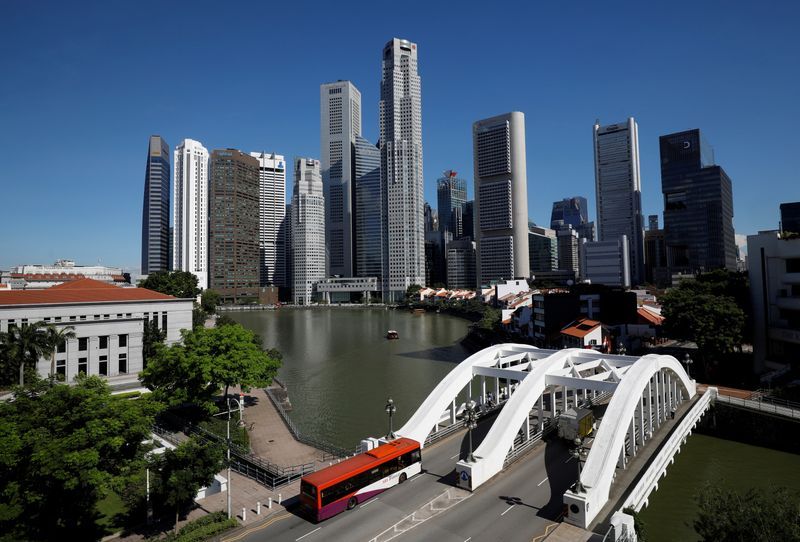Singapore economy grew 2.7% in Q1
Singapore’s economy grew 2.7% in the January-March period from a year earlier, preliminary data showed, accelerating from 2.2% expansion in the previous quarter due to a recovery in the tourism sector.
According to the Ministry of Trade and Industry, the city-state’s services sector grew 3.2% in the first quarter, up from 2% the previous quarter.
“In particular, the accommodation sector saw robust growth due to a strong recovery in international visitor arrivals,” the Ministry of Trade and Industry said in a statement.
Singapore welcomed 4.35 million visitors during the three months through March, up about 50% from a year earlier, according to the Singapore Tourism Board.
Gross domestic product figures, meanwhile, show the country’s export-driven manufacturing sector as still relatively weak, growing 0.8%, versus 1.4% in the previous quarter, reflecting a contraction in the electronics sector.
“Within the manufacturing sector, output expansions in the chemicals, precision engineering and transport engineering clusters more than offset output contractions in the electronics, biomedical manufacturing and general manufacturing clusters,” the ministry said.
As for the construction industry, its expansion slowed to 4.3% from 5.2%.
Overall, the official GDP estimate falls short of a median forecast of 2.9% from economists polled by Reuters.
On a quarter-on-quarter seasonally adjusted basis, the nation’s GDP rose 0.1% in the first quarter, after 1.2% growth in the previous three months.
Preliminary GDP figures are based on the performance of the first two months of a quarter.
Singapore projects its growth for 2024 to come in between 1% and 3% amid expectations of a recovery in semiconductors and other exports. Its economic growth slowed to 1.1% in 2023 from 3.6% in 2022.
Meanwhile, the Monetary Authority of Singapore, the central bank, on Friday kept its monetary policy unchanged, continuing its tight stance as the country’s inflation is still elevated and expected to ease only later this year.
Rather than interest rates, Singapore’s monetary policy is centered on exchange rates, allowing the local dollar to rise or fall against the currencies of major trading partners to stabilize prices.
The latest core inflation data, in February, recorded a 7-month high of 3.6% on the year, up from 3.1% in January, partly as the Lunar New Year holidays drove up prices of services and food.





